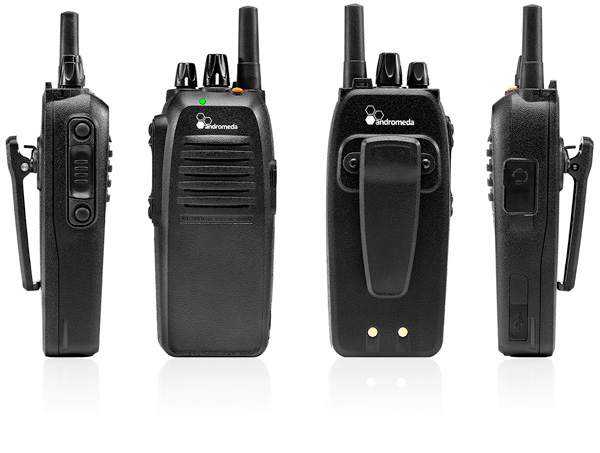Information Guide To Walkie Talkie Devices
Walkie Talkies are the common name for two-way radio or communication devices. The technology has been around since the 1940s, refined through modern innovations to offer the compact variants seen today. As a result, there are a number of options available and, depending on your specific needs, some options may be better than others.
Important Features
Here are some of the most important features to consider:
- Signal range – how far apart can two or more devices be under normal weather conditions
- What’s the battery life on each device before it needs recharging?
- Is it water proof or resistance to small bumps and scrapes?
- Does the device enable group calls or is it strictly two-way only communication?
Standard Walkie Talkies
These are the traditional variants most people think of when they consider walkie talkies. At their core they are two-way communication radios. A typical model is able to communicate over a long distance, up to the likes of 10 km or more, depending on the specific model, and has a number of frequency options.
This term refers to walkie talkies that have adopted many of the features seen in mobile phones. This varies depending on the model, but it can include the likes of internet or GPS access, for better navigation and information. Similarly, a common feature is text messaging, which allows for clearer communication in a variety of situations – this is particularly useful when talking to more than one other person, for instance.
The more advanced variants are, in essence, mobile phones with advanced two-way radio features. As such, these feature a SIM card and act like a normal smartphone. The ability to switch to local radio, however, gives them additional flexibility.
Wrist Watch Walkie Talkies
As the name suggests, these devices are fitted to the wrist in a watch-sized piece of equipment. While this can be useful for practical reasons, such as transportation and a decreased chance of misplacing the device, it does trade in some benefits as a result. Specifically, the range is often decreased, due to less powerful antenna or transmitter.
That being said, modern technology is advancing and it’s not uncommon to find some models that incorporate the features of a mobile phone variant as well. With a strong enough battery (typically lithium-ion), the GPS and wireless features of a smartphone can compensate for the less powerful radio features often found on these models.
Earpiece accessories explained
Finally, there are a number of accessories you can order, such as charging stations and spare handsets, but few are more noteworthy than the earpiece. These allow for incoming messages to be broadcast straight to your ear, rather than having to ensure the device has a high volume or is close to your ear. This removes some of the difficulties of a wrist watch, for instance, and allows for quieter operations. Similarly, a microphone can help further this process, enabling for quicker reflexes and communication across devices.

What industries are walkie talkies useful for?
Restaurants/Hospitality & Catering


